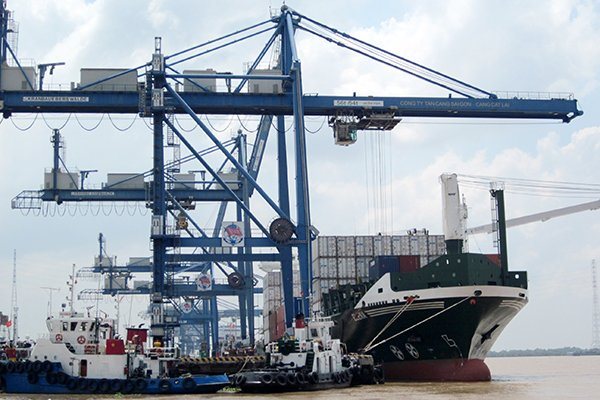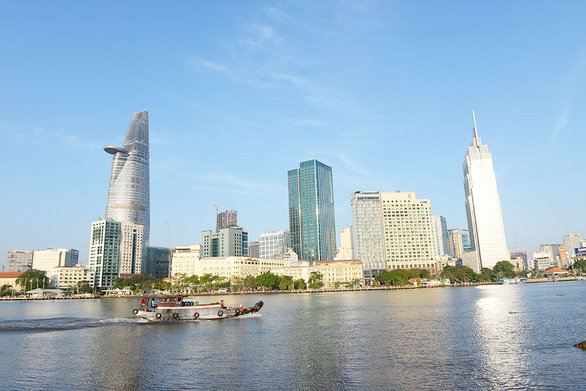NA wants trade not to run into deficit deeper than 3% of exports
NA wants trade not to run into deficit deeper than 3% of exports
Vietnam recorded a trade surplus in the past four years, but the National Assembly (NA), wary of uncertainties over global trade conflicts, has set the target of containing the country’s trade deficit versus its total export value below 3% for 2020.

The legislative body adopted a resolution on the socioeconomic development plan for 2020 during the ongoing eighth sitting in Hanoi today, November 11. It received an endorsement from 426 out of 430 legislators in attendance, representing an approval ratio of 88.2%.
Vietnam is expected to see a surge in foreign direct investment next year, wooed by opportunities from the European Union-Vietnam Free Trade Agreement and the fallout from the ongoing trade war between the United States and China, according to the NA Economic Committee.
The committee claimed that these effects would likely lead to a wave of imports of machinery, equipment and raw materials. Therefore, the NA still allowed the Government to keep its ratio of trade deficit versus the total export value at less than 3%.
The committee also voiced concern that amid economic and trade uncertainties around the world, the country is forecast to suffer an economic slowdown. Furthermore, global trade conflicts and protectionist measures are predicted to be on the rise. This is why a cautious approach is needed.
Also, imports of agricultural and aquatic products are following a downward trend while processing and manufacturing activities are heavily reliant on imported raw materials, said the committee’s chairman, Vu Hong Thanh.
He added that despite four consecutive years of a trade surplus, Vietnam might run a trade deficit next year.
The Government has projected the total value of imports-exports for this year at an estimated US$525 billion, up 9.2% from a year earlier.
Other targets
The socioeconomic development plan for the following year also sets out a number of other key economic indicators.
The country’s gross domestic product (GDP) is set to increase by some 6.8%, while the consumer price index is being kept below 4%.
The total export turnover is expected to increase by 7%, and the total amount of investment capital in the economy will make up some 33%-34% of the GDP.
The poverty rate is set to reduce by 1%-1.5%. The unemployment rate in urban areas is below 4%. Up to 90.7% of the population will have health insurance.
General targets include stabilizing the macroeconomy; increasing the productivity, quality, efficiency, self-reliance and competitiveness of the economy; improving the institutional system; and creating an equal and open business and investment environment.
Other goals comprise speeding up economic restructuring and growth model reform and the execution of key national projects and promoting the role of major economic regions and urban areas.
The plan also aims at high-quality training for workers, developing science and technology, promoting innovation and sustainable economic growth, strengthening land management, minimizing the impact of natural disasters and diseases, and coping with climate change.
Enhancing administrative and judicial reforms and improving the quality of law-building as well as preventing corruption and wastefulness are some of the objectives of the plan.
The plan also aims to improve the efficiency of external affairs and international integration; effectively roll out free trade agreements that Vietnam has joined; and promote the country’s role as Chair of the Association of Southeast Asian Nations (ASEAN) in 2020, Chair of the 41st General Assembly of the ASEAN Inter-Parliamentary Assembly and non-permanent member of the United Nations Security Council for 2020-2021.





















